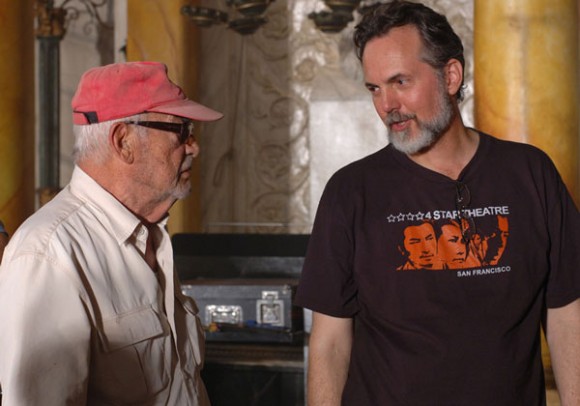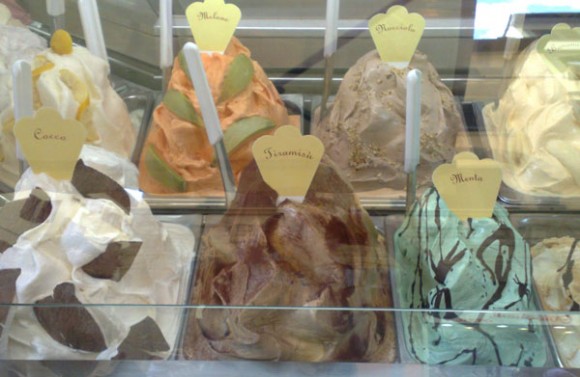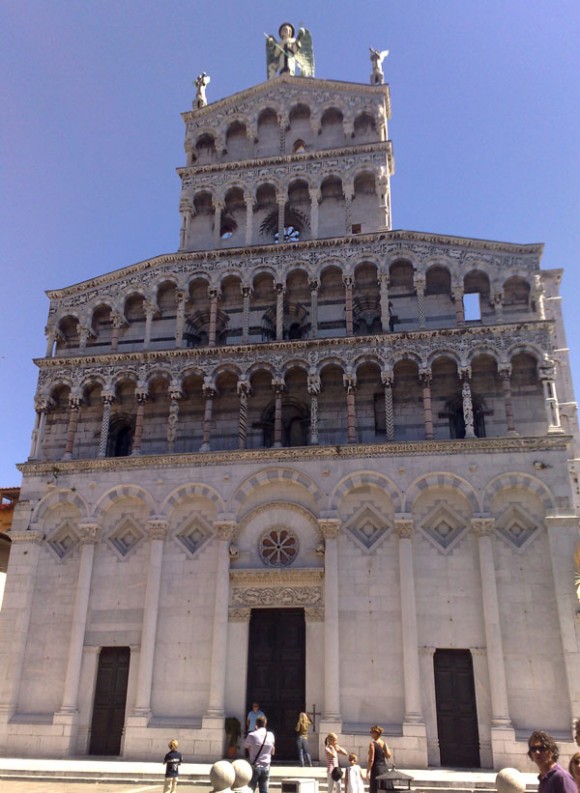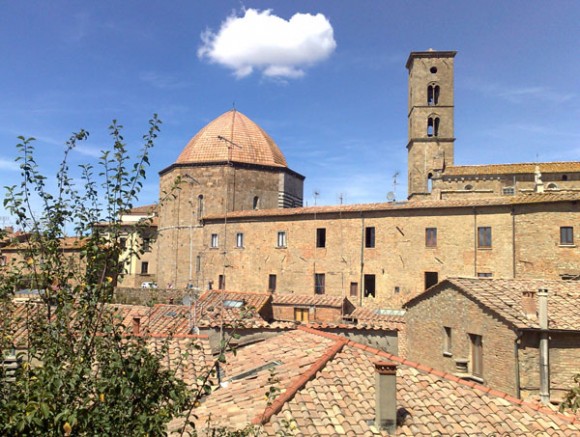This short story was created as a lesson in character development. The moral: Don’t create characters that ARE interesting, create characters that DO interesting things. The black and white version of this story is still available HERE.
It is a closely guarded secret that well-to-do families from the Moon occasionally send their children to Earth, to grow up in the sunshine, fresh air and heavier gravity of our planet. Crosby Campbell grew up living across the street from one of them. The Girl in the Moon will be available soon on WWW.SCROLLON.COM.
… died Wednesday night, November 10th, 2010 at the age of 91.

I made a movie with him a few years back. He was 87 at that time, producing three pictures at once and none of us could keep up with him. He was alternately tough and charming. He forced me to stay on budget, on schedule and learn the correct way to eat pasta. Once, after meeting with two well known actors, I was telling Dino which one I thought was better suited to play the lead in our film. Dino frowned. “If you put a gun to my head, and told me I had to choose between them,” he said. “I’d take the bullet.”
I am honored that I had the chance to work with him, and be a small part of his enormous career.
He was outside a small shop in Florence, and looks the way I felt by the end of our trip.
(reposted from sevenextraordinarythings.com)

Project “Ice Cream: Italy” continues.
I’ve made it through many of the Gelaterias in Florence and have begun searching other towns. Along the way we took some pictures:


